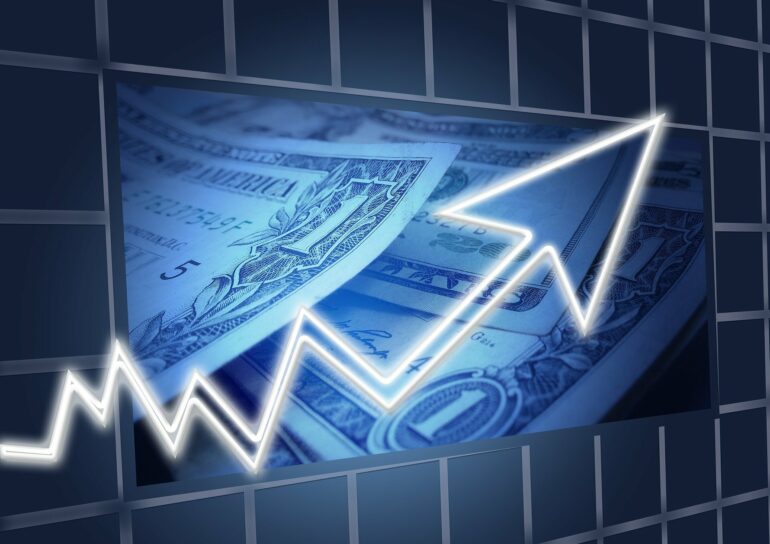The global economy is in transition, with energy systems moving from a central reliance on fossil fuels. In addition, the COVID-19 pandemic reshaped consumer behavior, labor markets, and business practices, and geopolitics and war have disrupted longstanding trade networks. Each of these forces affects energy sources and consumption, as well as greenhouse gas emissions and local air pollution.
In a new study, researchers suggest the need for an integrated framework to assess sustainable economic growth, one that tracks global stocks and flows of natural capital. Their study examines globally comprehensive monetary damages from particulate matter air pollution and greenhouse gas emissions in more than 150 countries. Their results show that modeling monetary damages instead of physical measures of environmental quality yields results that can inform policy decisions about future growth and development.
The findings are published in the journal Communications Earth & Environment.
“As society adjusts to emergent risks, it does so with an unprecedented emphasis on sustainability. In this transitional state, society must consider what these global-scale disruptions mean for broad-based, sustainable growth moving forward,” says co-author Nicholas Muller, Professor of Economics, Engineering, and Public Policy at Carnegie Mellon’s Tepper School of Business.
Muller and his co-authors adopted a definition of sustainable growth originally proposed by economists, which posits that growth is sustainable if capital formation is non-negative.
Critical to this definition is an expansive conceptualization of capital that includes both conventional man-made capital and natural capital. Thus, as mankind consumes natural resources and relies on the natural environment as a repository for residuals, the value of additional output must exceed the value of lost natural capital.
Applying this framework, their study tracked two key determinants of global sustainable growth: monetary damages from fine particulate matter air pollution (PM2.5) and from carbon dioxide (CO2). The team assembled a globally comprehensive database on PM2.5 concentrations and CO2 emissions for 165 countries between 1998 and 2018, then estimated the monetary damage, or gross external damage (GED), by country-year.
Next, they built these social cost estimates into standard national income and product accounts (NIPAs) by deducting the GED from gross domestic product (GDP) to estimate a more comprehensive measure: environmentally adjusted value added (EVA). This measure also captures external costs of pollution (e.g., the rise in risk of premature mortality from exposure to PM2.5 and intergenerational externality from climate change) typically not included in conventional estimates of GDP.
Among the study’s findings: Pollution intensity began to rise after a decade in which the global economy became less pollution-intensive, from the late 1990s until the Great Recession. Larger economic production shares and higher pollution intensity in China and India drove this change. Deducting pollution damage from output from the late 1990s until the Great Recession yields higher growth estimates. After the Great Recession, this adjustment for pollution damage attenuated growth.
The authors noted that although they produced the first set of global, integrated monetary environmental and economic accounts at the country-year resolution over a 21-year period, their provisional estimates of EVA are not comprehensive. Critical omissions include biodiversity and ecosystem services and water pollution. However, prior research has shown that PM2.5 and CO2 cause damages that make up a considerable share of national output in the United States.
“When tracking growth and guiding society through periods of upheaval and disruption, policymakers typically rely on NIPAs, but these tools are incomplete, curtailing policymakers’ ability to measure and achieve sustainable growth,” explained Aniruddh Mohan, Associate Research Scholar at Princeton University, who coauthored the study.
“Our results suggest that the global economy is likely to experience rising damages from particulates and carbon dioxide emissions in the coming years as nations grow and develop, information that is crucial to policy debates moving forward.”
More information:
Aniruddh Mohan et al, Measuring global monetary damages from particulate matter and carbon dioxide emissions to track sustainable growth, Communications Earth & Environment (2024). DOI: 10.1038/s43247-024-01426-3
Provided by
Carnegie Mellon University
Citation:
Researchers advocate for new framework to measure sustainable economic growth (2024, November 12)



